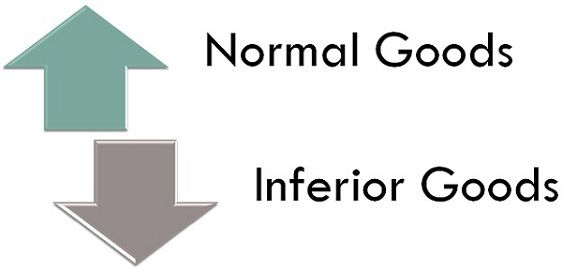 The goods whose demand tends to increase as the income of the consumer rises are called normal goods. As against this, inferior goods are the goods which encounter a fall in demand as the income of consumer rises.
The goods whose demand tends to increase as the income of the consumer rises are called normal goods. As against this, inferior goods are the goods which encounter a fall in demand as the income of consumer rises.
Income is the basic determinant of the market demand which determines the purchasing power of the consumer. Therefore, the individuals who have higher disposable incomes spend the larger part of their incomes on consumer goods and services as compared to lower incomes.
Income elasticity of goods describes some significant characteristics of the demand for goods in question. When income elasticity is zero, the quantity demanded is unresponsive to changes in income. When income elasticity is more than one, then there is an increase in quantity demanded. When income elasticity is less than one, then there is a decrease in quantity demanded. So, here we are talking about the difference between normal goods and inferior goods, i.e. how income affects the demand curve.
Content: Normal Goods Vs Inferior Goods
Comparison Chart
Definition of Normal Goods
Normal goods refer to the goods which are demanded in increasing quantities as the income of consumer rises and in decreasing quantity as the income of consumer drops, but price remains same. Although, the rate of increase in demand will be lower than the increase in income. Furniture, clothing, automobiles are some common examples which fall under this category.
The quantity demanded of normal goods goes up with the rise in consumer’s real income but at different rates and at different levels of income, i.e. the demand for good increases at a faster rate with an increase in income, however, slows down with a further rise in income.
Income Demand Curve
Definition of Inferior Goods
In economics, inferior goods do not mean sub-standard goods but is relates to the affordability of the goods. These goods are the one whose demand drops with the increase in consumer’s income and vice versa. Such goods have better quality alternatives.
This concept can be understood with an example, bidi and cigarettes are two products, which are consumed by the consumers. Suppose both the demand curve of both the products is downward sloping however if the consumer’s income goes up, then they will start buying cigarettes instead of bidi. The main cause of this mindset of customers is that the commodity is deemed to be inferior if there is a fall in its demand when there is a rise in their income, beyond a particular level.
Income Demand Curve
Key Differences Between Normal Goods and Inferior Goods
The difference between normal and inferior goods can be clearly drawn on the following grounds:
- Those goods whose demand rises with an increase in the consumer’s income is called normal goods. Those goods whose demand decreases with an increase in consumer’s income beyond a certain level is called inferior goods.
- Income elasticity of demand for normal goods is positive but less than one. On the other hand, income elasticity is negative i.e. less than zero.
- In the case of normal goods, there is a direct relationship between income changes and the demand curve. Conversely, there is an indirect relationship between income changes and demand curve, in inferior goods.
- At falling prices, consumers prefer normal goods to inferior ones. Unlike, at rising prices, consumers would like to have inferior goods rather than normal goods.
Conclusion
Consumer goods and services are bifurcated into four broad categories, for the purpose of income-demand analysis, which are essential consumer goods, inferior goods, normal goods, luxury goods. Normal goods are a complete opposite of inferior goods, as in when the prices are low people switch to normal goods but when there is a price rise, they prefer inferior goods to normal goods.
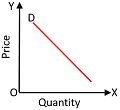
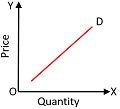
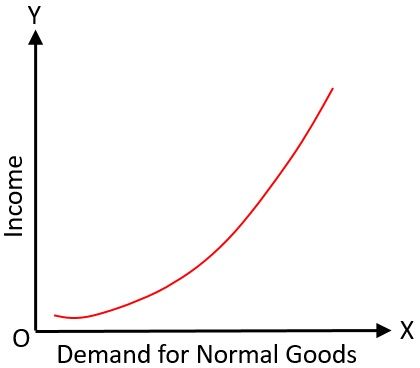
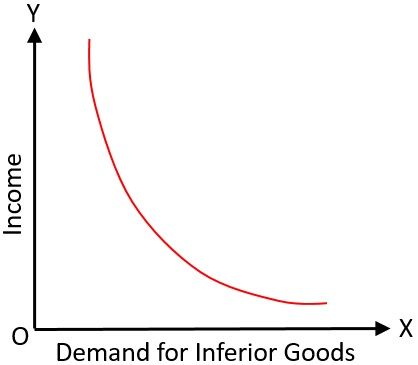






siya says
This is a very helpful site and has helped me a lot by helping me in my homework for economics. I liked it a lot. THANK U !!!
Lomdi says
It’s really works for me
SIMON BELIO says
NICE NOTES
DOMMY WABU says
WONDERFUL WELL UNDERSTOOD THANKS ALOT
MyD says
Thumbs up for you. Great work done. Your explanations are so easy to understand and so easy to remember.
Chamini Nelushika Wijeratne says
Wow …very helpful. Thanks a lot
Prabhakar says
Really helpful